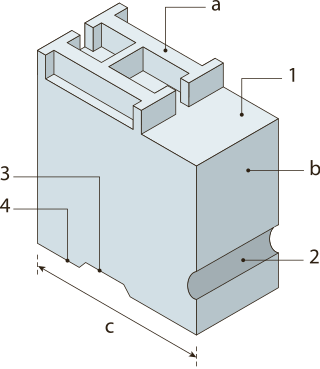Top Qs
Timeline
Chat
Perspective
Sort (typesetting)
Block with a typographic character etched on it, which is lined up with others to print text From Wikipedia, the free encyclopedia
Remove ads
In physical typesetting, a sort or type is a block with a typographic character etched on it, used—when lined up with others—to print text.[1] In movable-type printing, the sort or type is cast from a matrix mold and assembled by hand with other sorts bearing additional characters into lines of type to make up a form, from which a page is printed.


Remove ads
Background
From the invention of movable type until the invention of hot metal typesetting, printed text was, for the most part, created by selecting sorts from a type case and assembling them line by line into a form used to print a page. When the form was no longer needed all of the type had to be sorted back into the correct slots in the type case in a very time-consuming process called "distributing". This sorting process led to the individual pieces being called sorts. It is often claimed to be the root of expressions such as "out of sorts" and "wrong sort", although this connection is disputed.[citation needed]
During the hot metal typesetting era, printing equipment used matrices to cast type as needed during the typesetting process. The popular Linotype cast entire lines of text at once rather than individual sorts, while the less popular competitor Monotype still cast the sorts individually. Later, when phototypesetting replaced hot metal typesetting, sorts disappeared entirely from the mainstream printing process.
Remove ads
See also
References
Further reading
External links
Wikiwand - on
Seamless Wikipedia browsing. On steroids.
Remove ads
